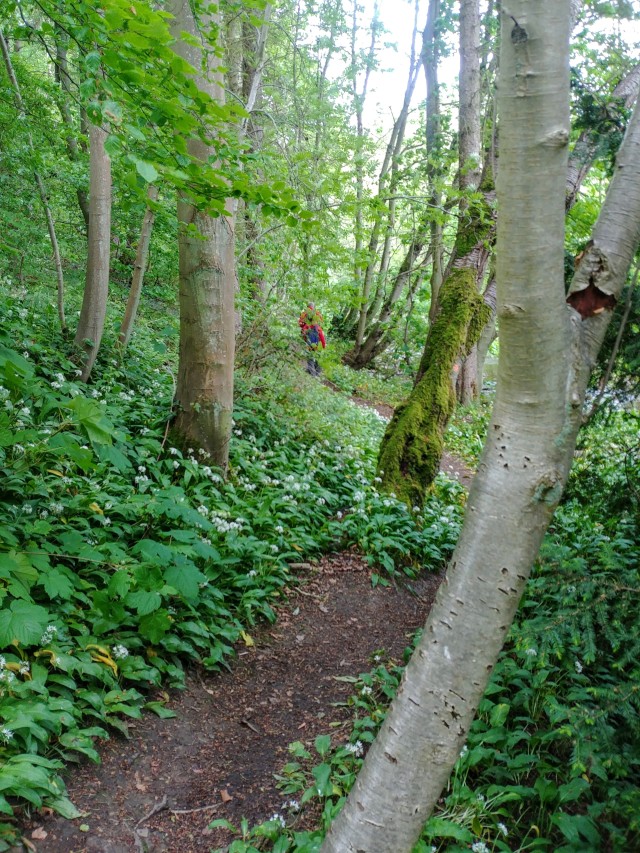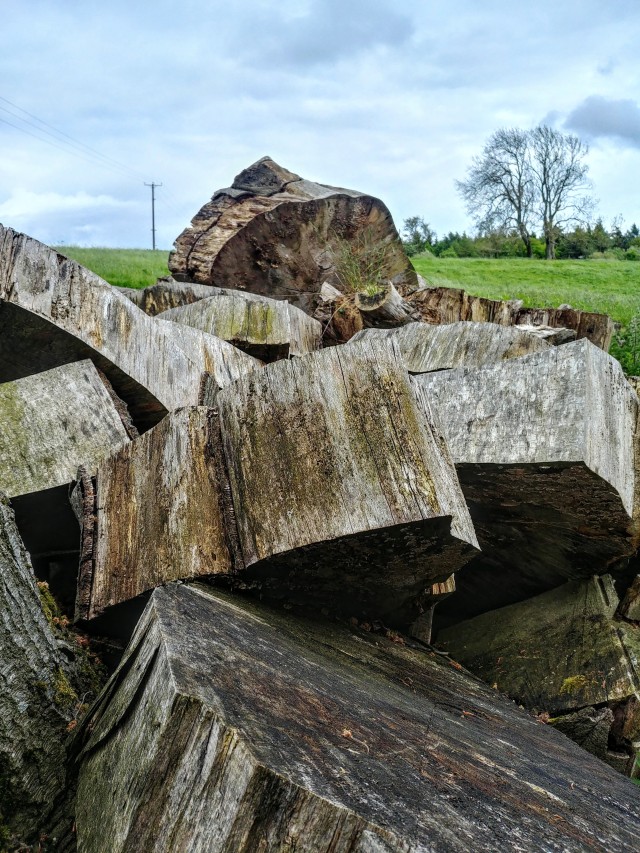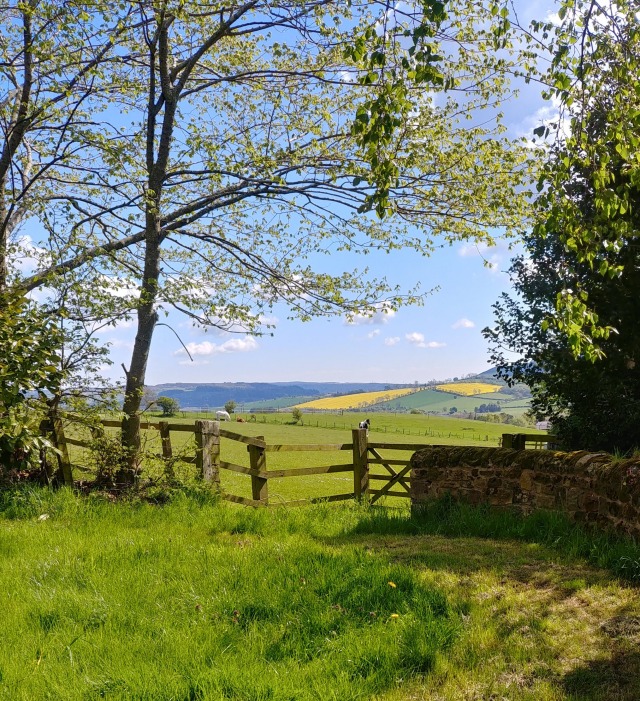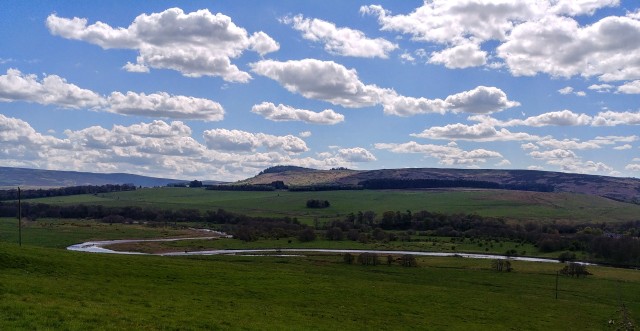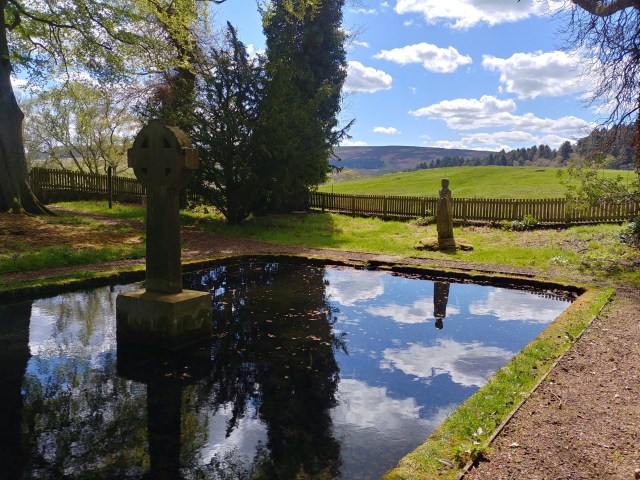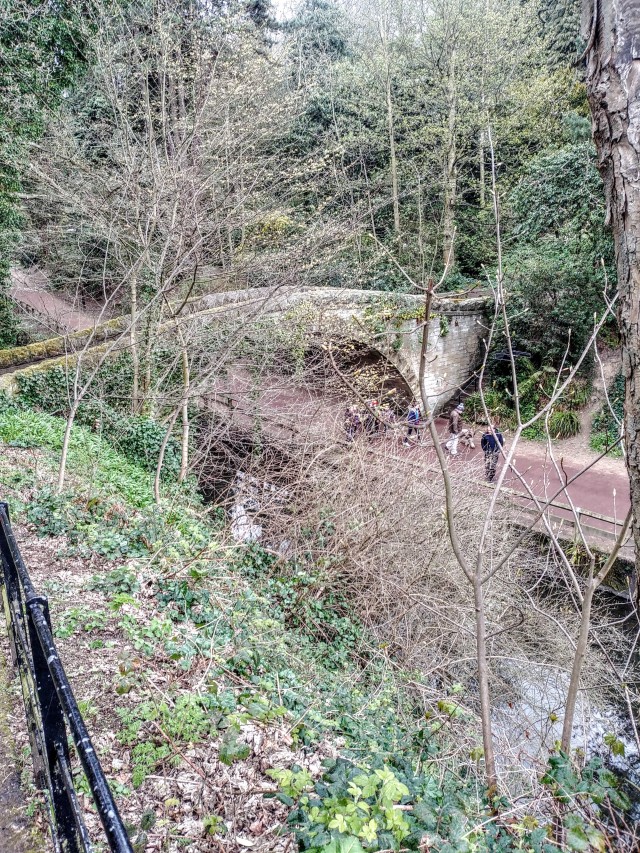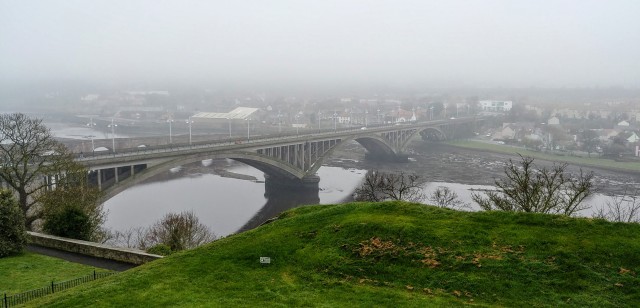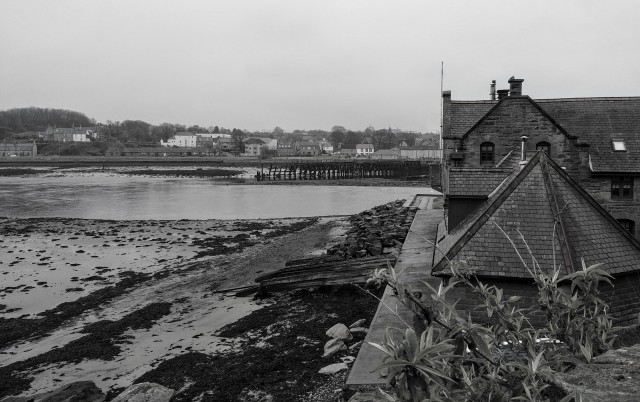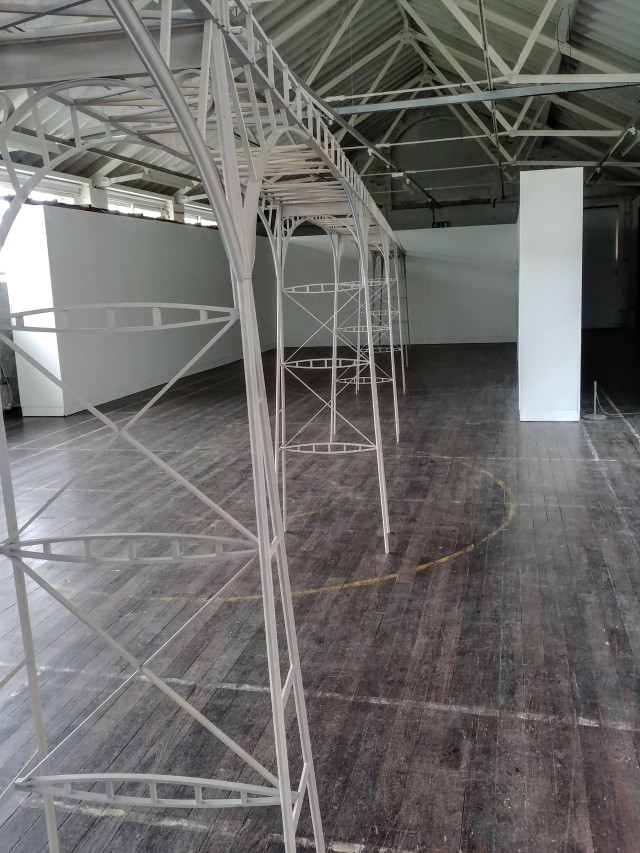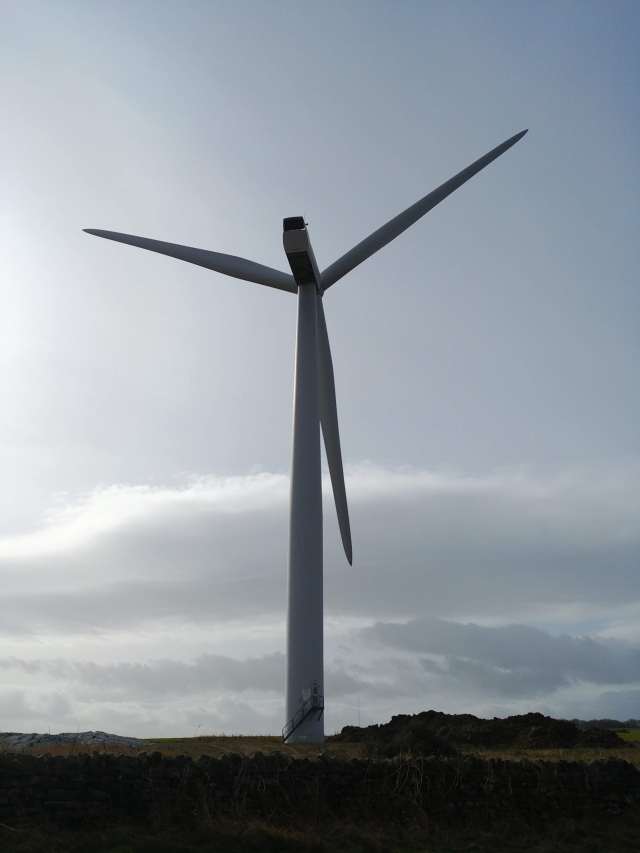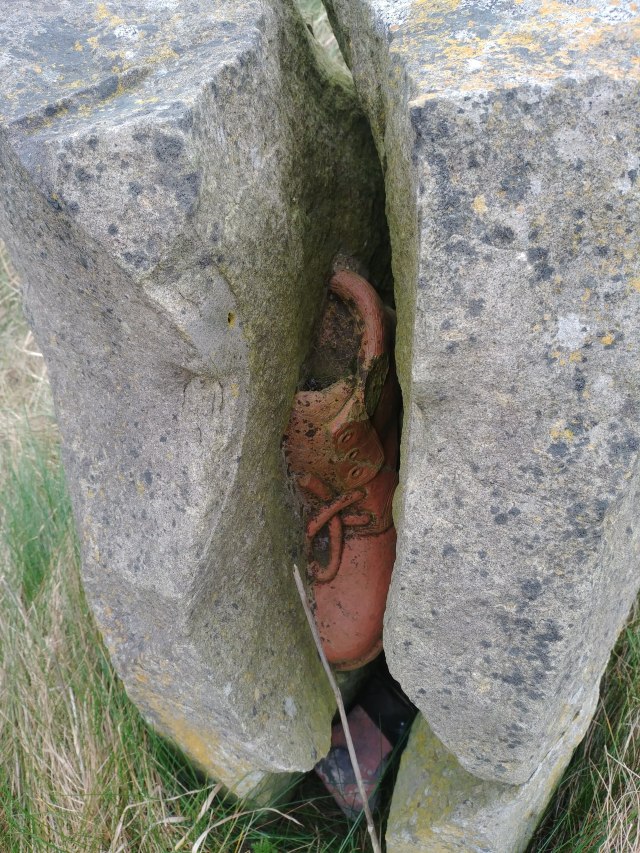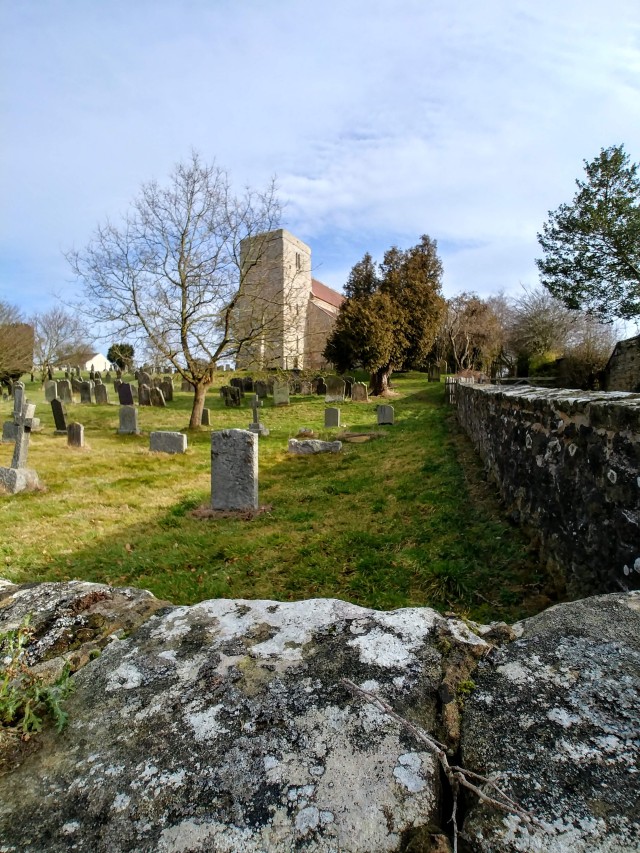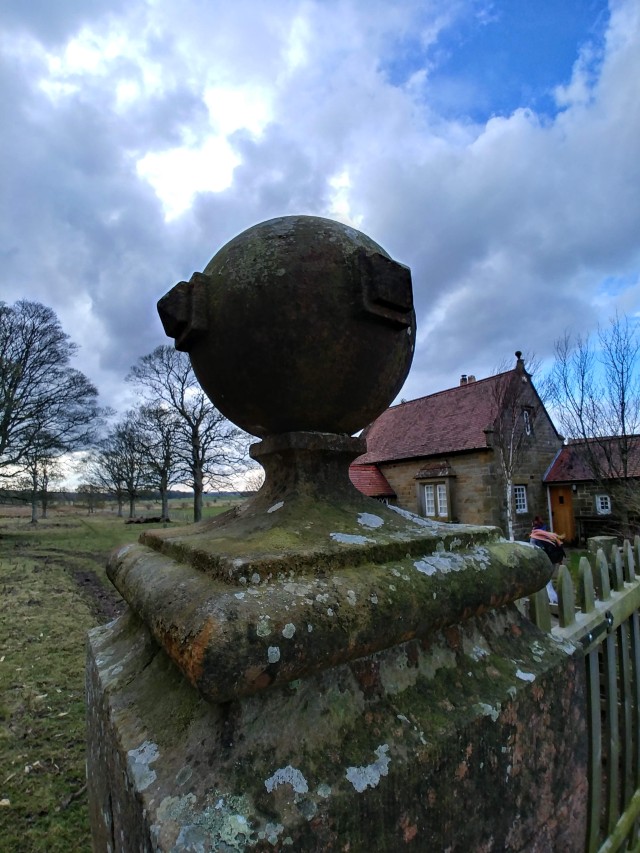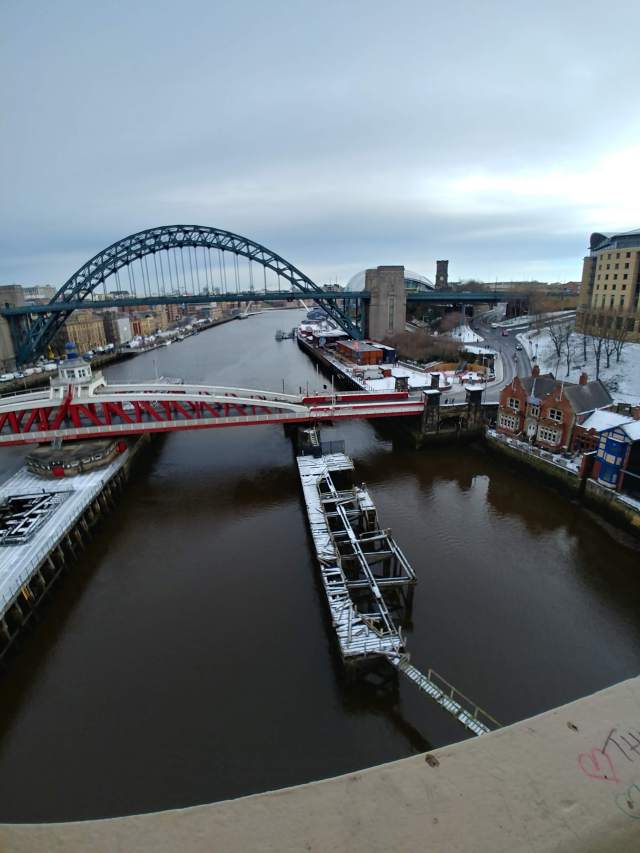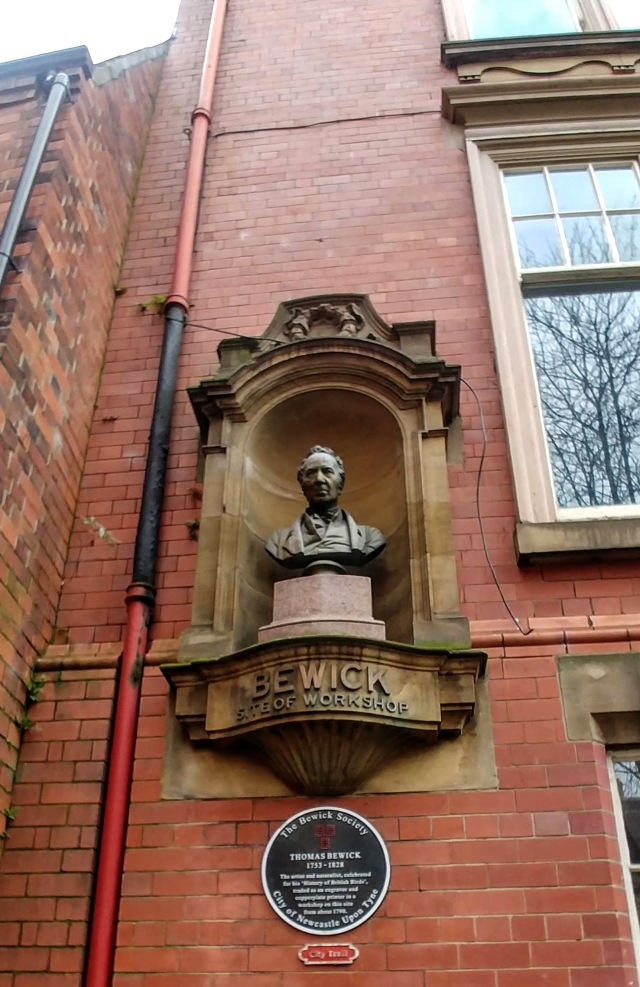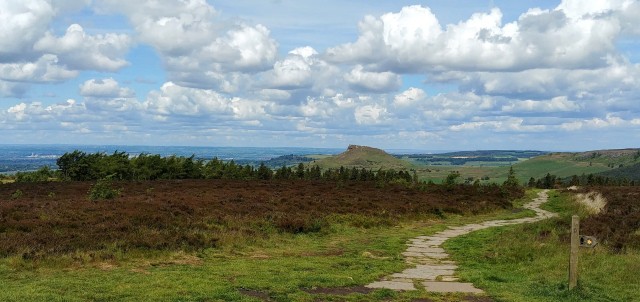
This fantastic walk took us way down south to the North Yorkshire moors – a rare outing south of the Tees for us. It meant a bit of a drive from Northumberland, but as we have members of our group in that neck of the woods it felt only fair to have a walk or two on their doorstep.
We met at the idyllic Kildale Railway Station, just east of Easby. It looks like a rural station that has somehow escaped the ravages of Beeching’s modernisation – regular trains still ply this stretch of line right along to Whitby. The plan for the walk was to catch the train to Great Ayton, where Captain Cook spent his childhood and where there is a small museum dedicated to him. Afterwards, we would walk back to Kildale. However, the walk leaders found out that the Captain Cook museum did not open until 1pm and so we would not be able to visit if we went straight there at 11:00.
Change of plan.
The new plan was to walk to Great Ayton, over the moors and then the walk leader would get the train back to Kildale Station and drive back to Great Ayton to ferry us back to our cars at Kildale (there was only five in total).
So off we strode in fine, dry weather heading east and turning down a lovely lane right past the Glebe Cottage Tearoom (more of that later!). The lane is part of the Cleveland Way and took us over the river Leven heading north west. The lane sloped uphill to a number of small cottages and then headed off in a north easterly direction. We struck off westwards via a footpath through Bankside woodland.
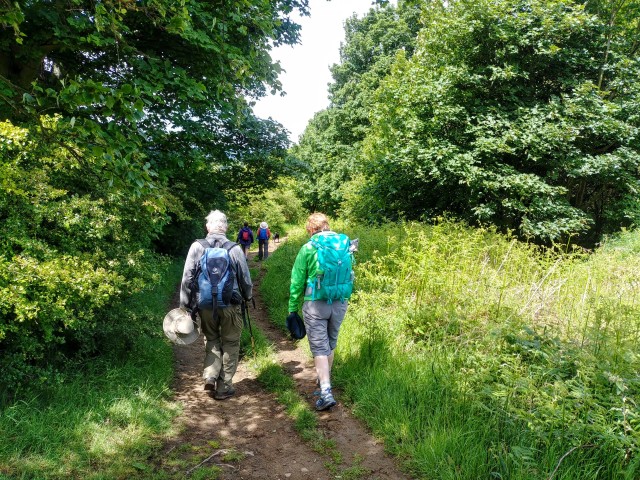
After following a rough footpath, we stopped for a break on the low slung branches of a half fallen beech tree. It was then a very steep scramble up a brambly slope to pick up the well maintained footpath up to Captain Cook’s monument.
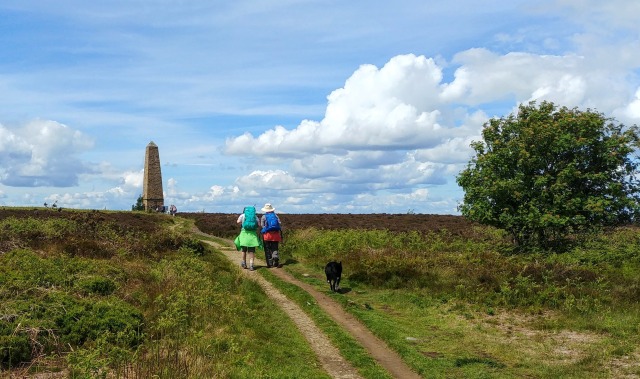
On this clear day the lofty position of this monument offered us fantastic panoramic views of what looked like most of the north east of England! Across to the coast, up to Sunderland, west to the Yorkshire hills. Amazing.
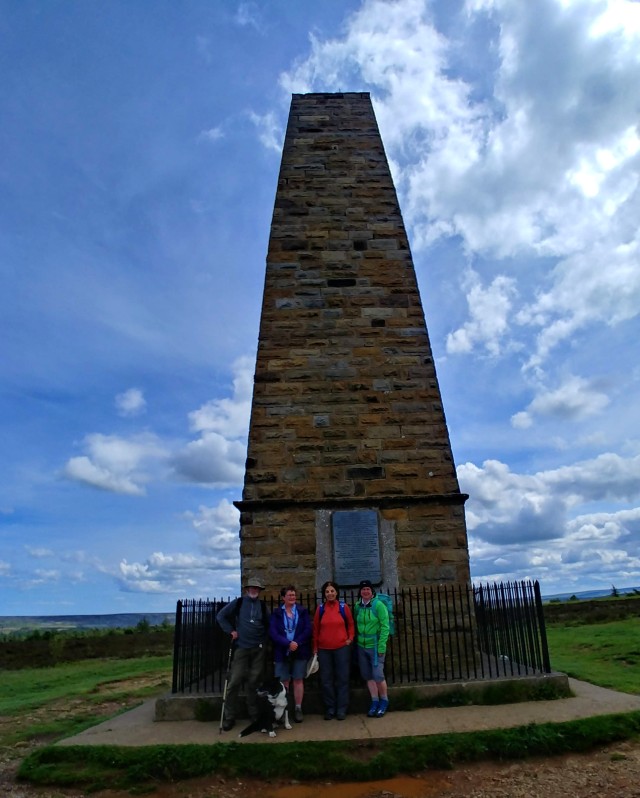
We then descended to the beautiful village of Great Ayton which was full of local day trippers. It’s got a lovely big village green, a famous ice cream shop (very busy) and a renowned pie shop (which was sadly closed). Tucked into one corner is also the small Captain Cook museum, a lovely volunteer-run attraction that details the life and times of this astonishing navigator and explorer. It’s a lovely place and well worth a visit if you get the chance.
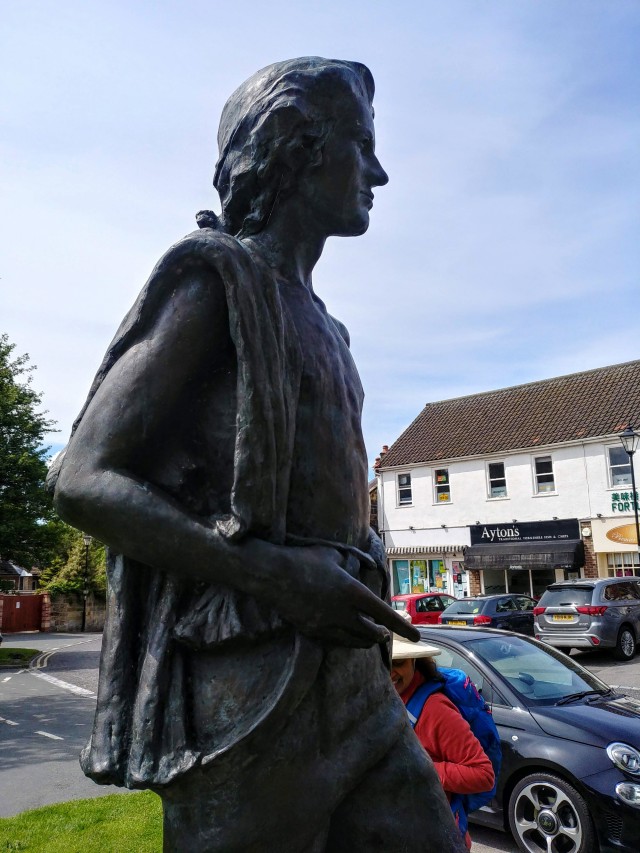
Lunch was taken in the gentle shade of a lofty lime tree on the village green before we headed back to Kildale Station and a nice cup of tea and a delicious slice of cake at Glebe Cottage Tearoom before the drive home.
5 miles

